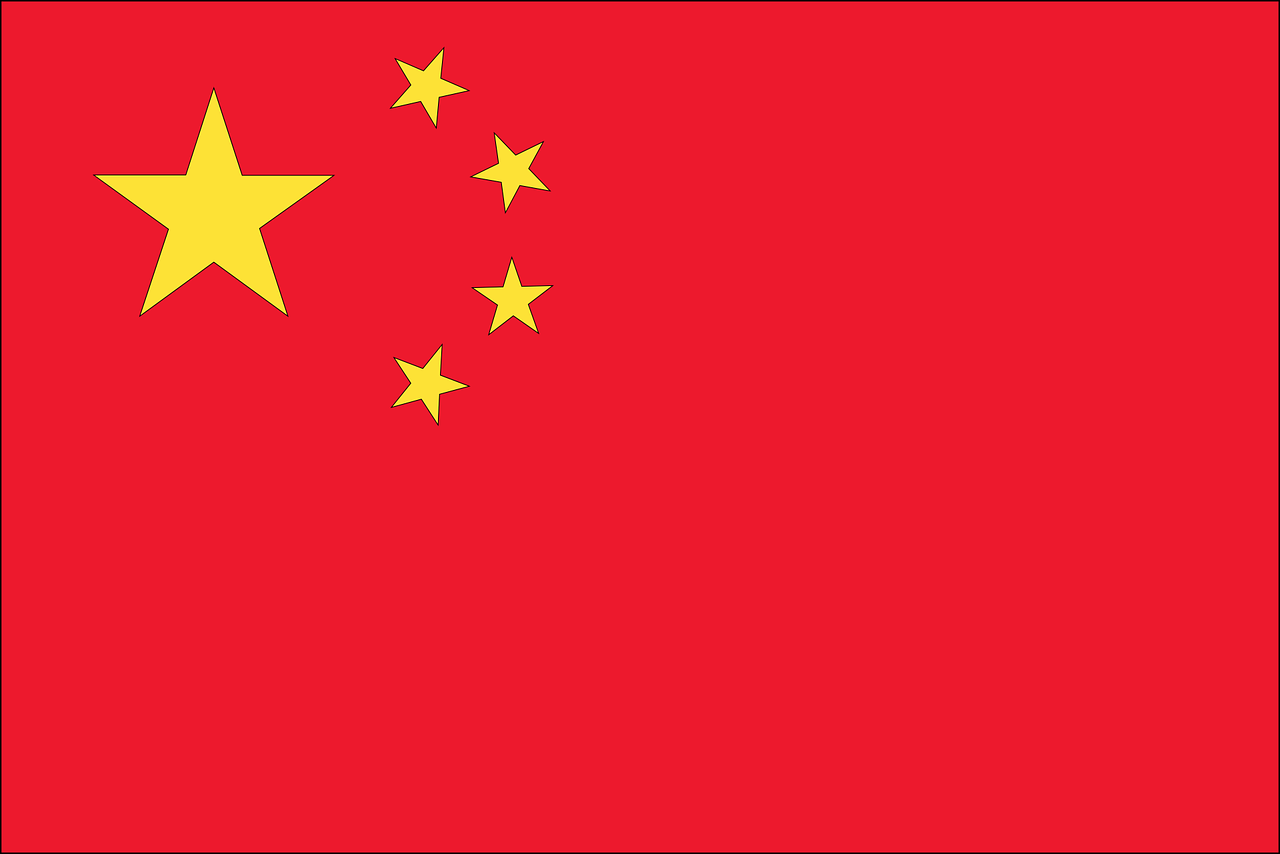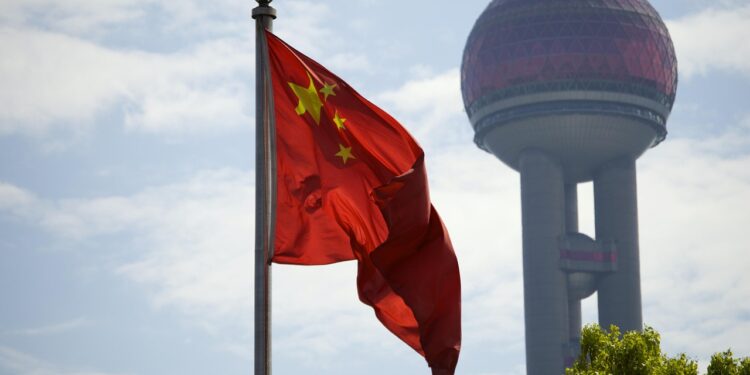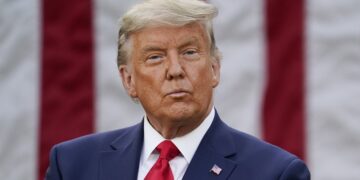China’s introduction of the K visa for STEM professionals is is an audacious and strategically timed maneuver in the escalating global competition for talent. The visa, effective this week, deliberately positions Beijing as an open alternative just as the United States, under the Trump administration, is aggressively tightening the noose on its own flagship skilled worker program, the H-1B visa.
This convergence of policy directions (ie America’s “America First” restrictionism versus China’s purported “talent hunger” creates an unprecedented opportunity for China to attract the skilled migrants that the U.S. is effectively pushing away. The key is the K visa’s most revolutionary feature: eliminating the requirement for a local employer sponsor, a significant hurdle in the H-1B system that is now compounded by a proposed $100,000 application fee.
America’s Self-Inflicted Wound and China’s Opportunity
The United States has arguably shot itself in the foot on H-1B policy. Statistics paint a clear picture of who is most affected: Indians dominate the H-1B program, making up an overwhelming 71% of approved beneficiaries in recent years, with China a distant second at 11.7%.

The new financial and regulatory barriers in the U.S. disproportionately target this massive pool of Indian STEM professionals. The K visa’s launch, whether serendipitous or perfectly planned, provides an immediate, streamlined alternative pathway for these highly qualified individuals.
While state media outlets like the Global Times and the People’s Daily attempt to frame the K visa as simply an “exchange” and not an “immigration” policy—a nod to domestic anxieties—the timing speaks volumes. It’s a direct response to a vacuum created by American protectionism.
The question is not if the K visa is an H-1B rival, but how effective it will be in capitalizing on America’s loss. For professionals seeking certainty over the H-1B’s cap and lottery system (currently capped at 85,000 annually), China’s offer of greater flexibility in terms of entry, validity, and freedom from employer dependence is profoundly appealing. This shift makes the global talent flow less unidirectional and far more competitive.

















